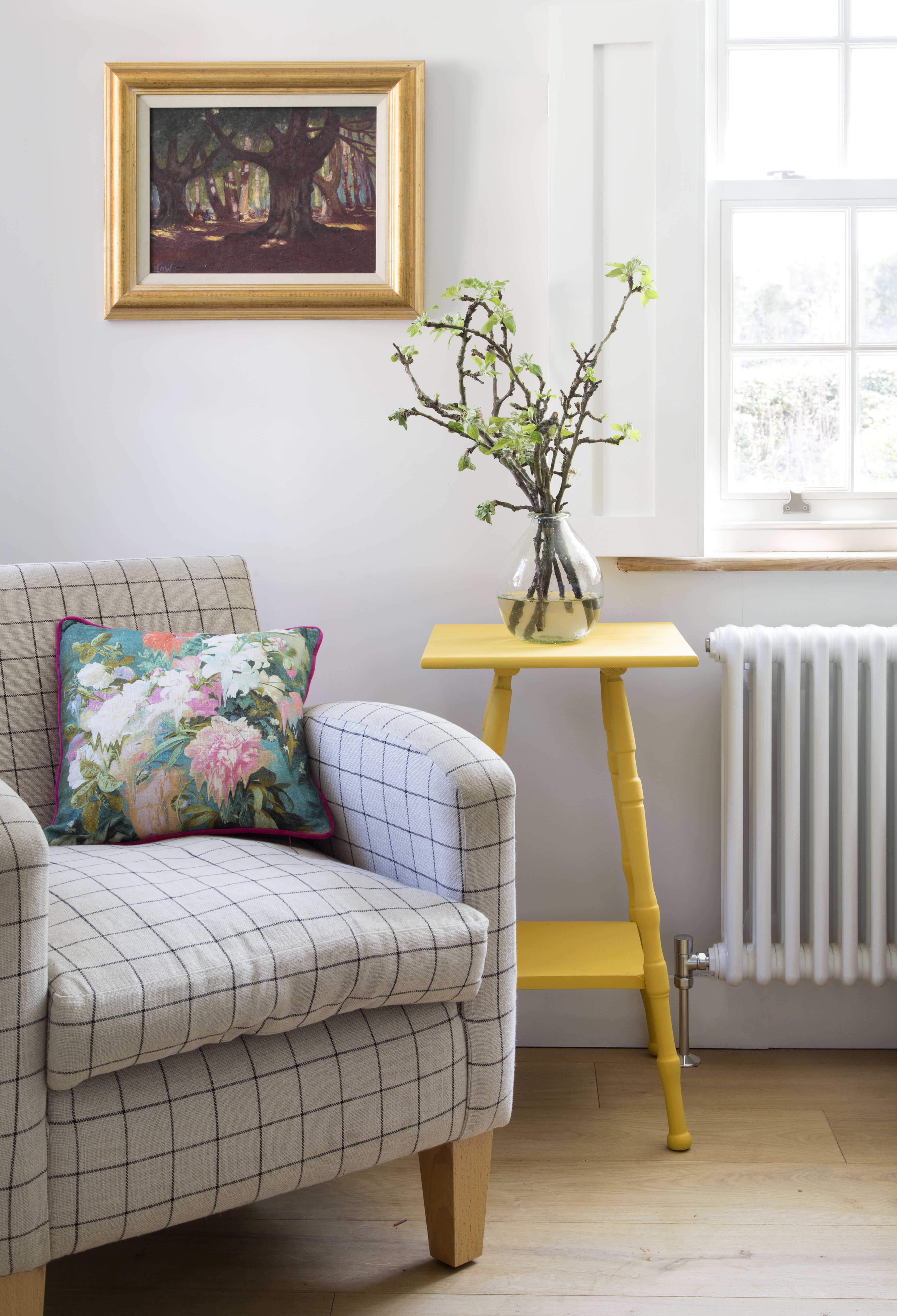
How to paint a radiator
Painting a radiator is a relatively easy job, which can help to dramatically smarten up your living space.
Whether you want to paint your radiators in a stand-out colour to create a feature in your room or blend them into the background with a neutral shade, we can help you to achieve your desired look with ease.
What paint to use on a radiator?
You will need to buy a premium metal paint to decorate your radiators that can withstand high temperatures. Our Premium Wood & Metal paint is durable, scrubbable and stain resistant, and is also available in over 2,000 pre-selected colours so you can find your perfect shade. You can choose wither eggshell, satin, or gloss to paint your radiator, so there is plenty of choice available to suite your preference.
What do you need to paint a radiator?
- A 2-inch paintbrush
- A suitable water-based primer that protects against rust
- Premium Wood & Metal paint
- A dustsheet
- A sponge and warm water
What is the best way to paint a radiator?
Painting a radiator is not a complicated job, however it should be done once you’ve finished decorating your room with wall and ceiling paint – after all, you don’t want wet paint dripping on your newly painted radiator!
Here are all the steps you need to paint your radiator:
1. Prepping your room
As with most DIY jobs, the prep work is just as important as the painting. Protect your floor with a dustsheet and use masking or decorator’s tape to attach newspaper or a sheet to the wall behind your radiator. This will protect the wall from any accidental brush strokes. Also ensure your room is well-ventilated before you begin to paint. An open window should suffice.
2. Prepping your radiator
First things first, make sure your radiator is switched off and cold. You will then need to prepare the surface of your radiator before you paint using a sponge and warm water. Wash your radiator with the sponge and water to remove any dirt and dust, and then leave it to totally dry before you begin painting.
3. Apply your primer
Using a high-quality Primer will help to give a smooth finish to your radiator paint job as well as help to seal the metal, and protect it against moisture to prevent rusting. It’s really important that you choose a primer that can be specifically used on radiators and withstand heat. Stir your primer thoroughly before applying it with a paintbrush to cover the whole of your radiator with long horizontal strokes.
4. Apply your colour
Once you have chosen your colour of Premium Wood & Metal paint it’s time for the fun part. Start by painting the section of the radiator that is closest to the wall first, using long horizontal strokes. Make sure to paint in the same direction as any grooves in the metal, and also don’t overload your paint brush as this could result in dripping or lumping, which doesn’t look nice. It’s best to tackle your radiator bit by bit. Paint a small section of the top and bottom panels and then join it in the middle. Paint the grooved sections first followed by the raised panels in vertical strokes. Once you’ve finished that section, move onto the next part.
5. Painting behind the radiator
When it comes to painting the back of your radiator, you have two choices; either paint it or don’t paint it! After all, no one will necessarily see it once it’s attached to the wall. However, if you do want to complete the job, then you will need a long-handled radiator brush that usually has an angled head to allow you to reach behind the rails without getting paint on the walls behind.
6. Add a second coat
Once you have applied your first coat of radiator paint, it’s time to sit back and relax while it dries. It’s possible that you might need to apply another coat of paint once it’s dry, so if so, repeat stage 4 again.
How long after painting a radiator can you turn it on
Once you have finished painting your radiator, you should wait at least 24 hours before turning it back on. It’s important to leave it for this duration so that the paint doesn’t become tacky when warmed up.







